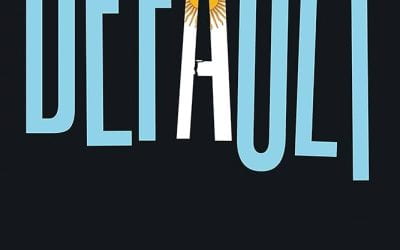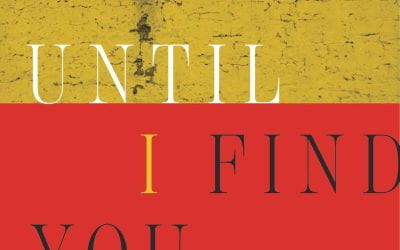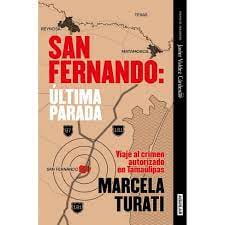Editor’s Letter
Remembering Bolivia
I’d almost forgotten about Che. Well, not the triumphant Che of Havana, but the Che who fought unsuccessfully in Bolivia—even though I’d been moved by Steven Soderbergh’s Che: Part II a while back. But in Santa Cruz, Bolivia, my host Nigel Asquith from Natura Bolivia men- tioned that some elderly folk in the area still remember Che. Nigel, who often travels to tiny villages in remote rural areas, commented that many talk about Che with fondness. I looked
at him quizzically. I thought the Bolivian peasants disagreed with Che ideologically. “They remembered him kindly because he fixed their teeth,” he said. “Not as a guerrilla, as a dentist.”
I’d almost forgotten about Butch Cassidy and the Sundance Kid, whose story I had first learned about in the 1969 film starring Robert Redford and Paul Newman. Nigel reminded me of that too. Bolivia was a land so isolated and far away that outlaws could hide safely, even though the two bandits eventually died in a shootout with Bolivian soldiers.
But I never forgot my first trip to Bolivia in 1977. I was expecting a desperately poor coun- try, something like Nicaragua or Haiti. Instead, I was impressed by the stout market women with elaborate skirts and bowler hats, seemingly well-off. I was startled by the lush country club, where a Dutch oilman had invited me to lunch. Perhaps it was a question of expectations. By my recent second trip, of course, I knew about the Gini coefficient that measures the gap between the rich and poor. Bolivia is a very poor and unequal country, but as many of the writ- ers in this issue point out, it has enormous natural resources.
I kept trying to understand the 1977 trip—when I had traveled to Bolivia as an Inter Ameri- can Press Association scholar—but something was missing. But while reading about the 1952 Revolution and the sweeping movements for indigenous education, I realized I had been expe- riencing a country with deeply embedded dignity that had somewhat masked its poverty.
When I started to put this issue together, I had thought in terms of balancing opposing political opinions by inviting a certain number of authors on “either side of the fence.” I should have known better; “balance” isn’t just a matter of who supports President Evo Morales and who doesn’t and to what degree. All along the road from La Paz to Cochabamba to Santa Cruz, my wonderful Bolivian hosts and guides were advising, “take into account all of the regions, gender balance, indigenous and non-indigenous, and the many varieties of indigenous people. Don’t forget Afro-Bolivians, and then there’s the rural and the urban.”
I arrived in Bolivia in January 2011, less than a month after the gasolinazo—a huge hike in fuel prices that the president quickly rescinded following protests. I assumed that with the rollback, the issue was over. Instead, I found protests were sweeping La Paz, Cochabamba and Santa Cruz, the three cities I visited. Food prices and transportation costs had soared. Opposi- tion came from the left, as well as the right. One union worker on a march in Cochabamba told me, “We’re marching because Brother Evo needs to listen to us!” Many of Evo’s supporters
felt he had let them down. And again, I realized I had forgotten. The volatility of the social movements and the huge unmet needs of an unequal society were still very much a part of the equation; there was no certainty at all.
One late moonlit night at the home of my gracious La Paz hosts Raúl Peñaranda and Fátima Molina (Nieman ’08), I looked out over outcrops of red, cragged rock, a veritable moonscape. I thought of how that rock had been there years and years and years and yet how so very much had changed socially and politically in the country in the five years of Evo Morales. With its society in transition, Bolivia is at a crossroads and the future is yet to be decided.
Winter 2015, Volume XIV, Number 2
Related Articles
A Review of Default: The Landmark Court Battle over Argentina’s $100 Billion Debt Restructuring
In February 2019, I found myself serving as the special attorney general for the then newly recognized interim government of Venezuela, tasked with addressing more than 50 claims before the U.S. courts stemming from the $140 billion debt inherited from Hugo Chávez and Nicolás Maduro.
A Review of Until I Find You: Disappeared Children and Coercive Adoptions in Guatemala
A student in my “Introduction to Cultural Anthropology” course at the University of Delaware approached me several weeks ago, after hearing about my long-term research in Guatemalan communities, to tell me that they were born there, in Guatemala.
A Review of San Fernando: Última Parada, Viaje al crimen autorizado en Tamaulipas
One of Mexico’s best investigative journalists, Marcela Turati, takes readers to terrorized and traumatized San Fernando, a town known for dozens of mass graves, and exposes the depths of criminal brutality and official corruption that hid the bodies and the truth for years.




